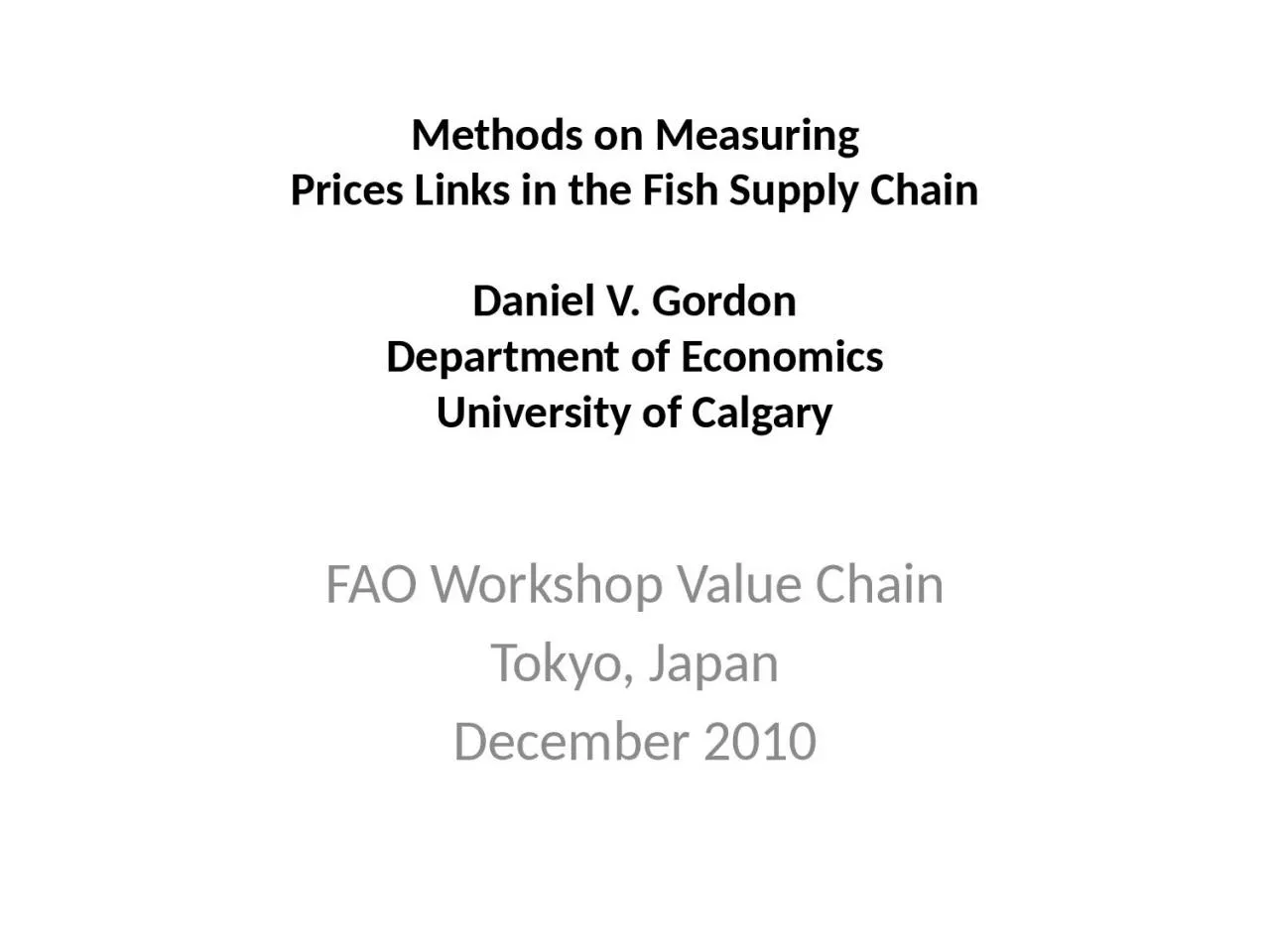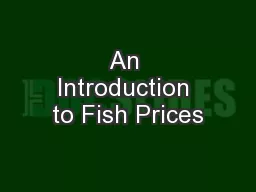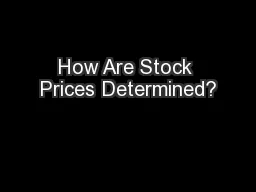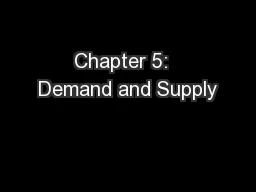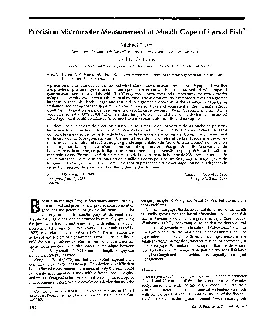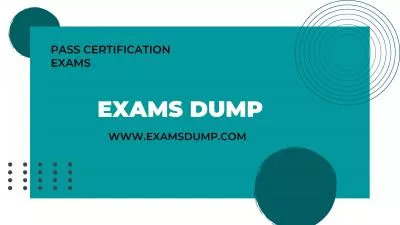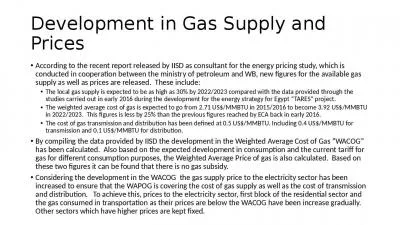PPT-Methods on Measuring Prices Links in the Fish Supply
Author : emily | Published Date : 2024-03-13
Chain Daniel V Gordon Department of Economics University of Calgary FAO Workshop Value Chain Tokyo Japan December 2010 Introduction The demand for fish is derived
Presentation Embed Code
Download Presentation
Download Presentation The PPT/PDF document "Methods on Measuring Prices Links in th..." is the property of its rightful owner. Permission is granted to download and print the materials on this website for personal, non-commercial use only, and to display it on your personal computer provided you do not modify the materials and that you retain all copyright notices contained in the materials. By downloading content from our website, you accept the terms of this agreement.
Methods on Measuring Prices Links in the Fish Supply: Transcript
Download Rules Of Document
"Methods on Measuring Prices Links in the Fish Supply"The content belongs to its owner. You may download and print it for personal use, without modification, and keep all copyright notices. By downloading, you agree to these terms.
Related Documents

